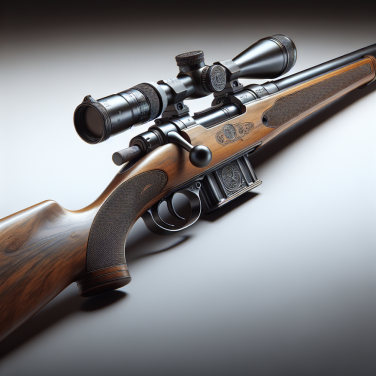Optimal Golf Ball Selection: Material, Compression, and Spin Explained
Choosing a golf ball that aligns well with your swing style and club preferences is essential for boosting your performance on the course. This selection process often revolves around three primary factors—material, compression, and spin. By thoroughly understanding each, you can find your perfect golf ball match that can significantly improve your golfing experience.
Material, also known as construction, plays a crucial role in the performance of golf balls. The construction of a golf ball typically ranges between two-piece balls and five-piece balls. Two-piece balls, made from a solid core, usually rubber, and covered with a durable ionomer layer, are ideal for golfers who prioritize distance over control. The hard cover lowers spin rates, allowing the ball to travel greater distances.
On the other hand, three-piece balls consist of a rubber or liquid core, a layer of enhanced rubber or liquid-produced layer, and a moulded cover of durable Surlyn, urethane, or a material blend. These balls provide a balance of distance and spinning ability. Four-piece and five-piece balls take it up a notch with more layers for specific roles like maximized distance during full swings, increased spin in short game shots, and controlled spins during mid-iron shots.
Compression, another critical factor in golf ball selection, is the measure of the deformation a golf ball undergoes when struck. In simpler terms, the higher the compression, the harder the ball feels. High compression balls—usually rated 90 and above—require a high swing speed for compressing the ball to maximize the distance covered. Low compression balls, with a rating of 80 or below, provide a softer feel and are ideal for golfers with a slower swing speed.
Mid-compression balls, rated between 80 and 90, serve as a balance between distance and a soft feel. The swing speed and a golfer’s preference for a hard or soft feel significantly determine which compression suits best for their game.
Spin is yet another essential component that should guide your golf ball selection. The spin rate impacts the trajectory, control, and the stopping power of a golf ball upon landing. Low spin golf balls tend to descend more rapidly, possibly leading to further roll out and increased distance.
Mid-spin balls offer a balance between distance and control, and are designed to appeal to a wide range of golfers. High spin balls ascend higher in the air and provide a significantly sharper angle for the ball to descend.
Read also:
The Rapid Rise and Future Trends of eSports: A Comprehensive Overview
Understanding Your Game: Assessing Your Strengths and Weaknesses in Golf
Whether you're a seasoned professional or a novice golfer, understanding your game is critical to better performance on the course. One of the significant factors in improving your golf game is determining which golf ball is best suited for your style of play.
Scrutinize your shot strength. Top performers can achieve additional distance by choosing a softer ball, while novice players may prefer a harder ball for more control. Begin by assessing how well you execute various shots. Do you hit the ball straight, or are your shots more inclined to hook or fade? The ball you choose will significantly impact these aspects of your golf game.
Consider ball distance versus control. If you're a player who places a premium on distance, the importance of a soft, low spin golf ball cannot be overstated. Conversely, if control and accuracy, particularly around the greens, are more in line with your game, a higher spinning ball might be most beneficial.
Many people focus too much on the swing and not enough on the ball's impact. Thus, understanding and recognizing ball flight tendencies is crucial. Observe the way your shots curve when you strike the ball and note the height of your shots. Some balls are designed for a lower trajectory, while others promote a higher flight.
Look into your swing speed as well. This is a fundamental aspect when selecting the right golf ball. Higher swing speed players usually benefit from a ball that has multi-layer construction or urethane cover. On the other hand, those with moderate swing speeds could maximize their performance with two-piece construction balls or a softer cover.
Pay attention to your short game. The combination of your pitching, chipping, and putting contributes for almost half of your score. Consequently, scrutinize how different balls behave in these scenarios. Some balls offer low compression, providing control and feel around the greens, while others are harder for distance.
Another critical factor in choosing the perfect golf ball for you depends on your skill level. For instance, intermediate or high handicap players tend to suit harder, distance-oriented golf balls best. Low handicap players may instead prefer a soft, high spin ball for enhanced control.
Your personal preferences contribute a lot as well, such as the feel you like when the club strikes the ball or the sound it makes. In the end, the right golf ball should match with your golfing skills and preferences leading to a significant improvement in your overall game.
Remember to experiment with different types of golf balls.




